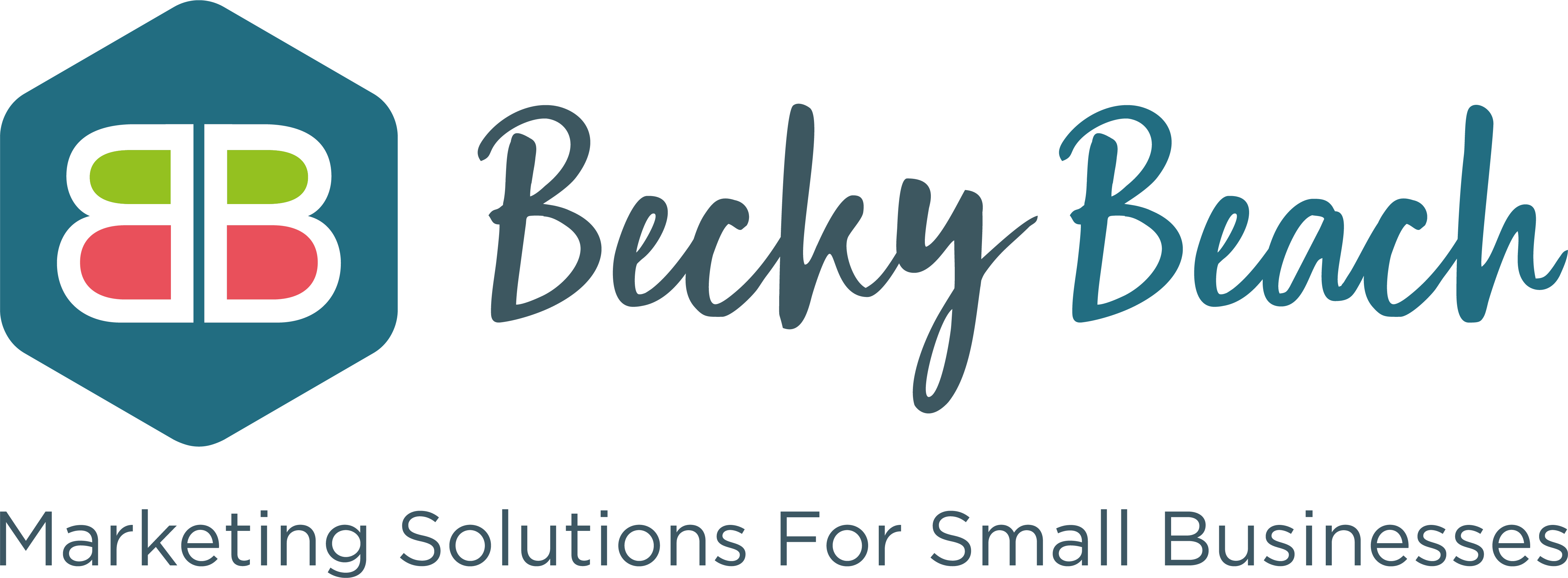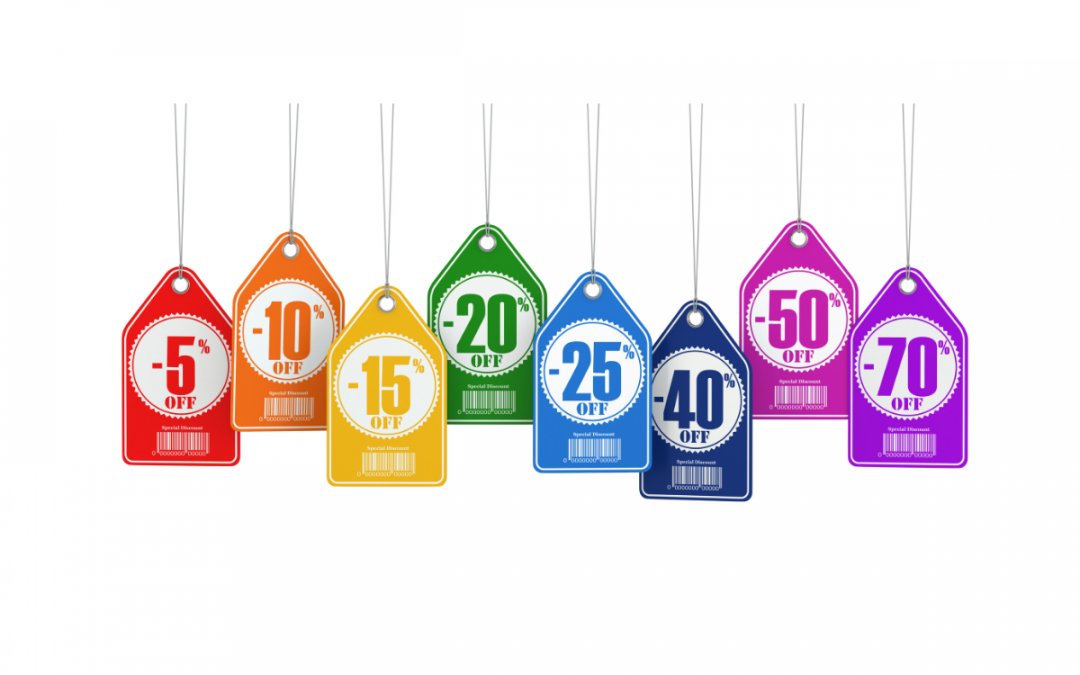What’s your response when asked for a discount? Do you:
- Refuse point blank shouting “not until hell freezes over”
- Immediately fall over yourself and reduce prices to secure the business from Mr Curt Price stood in front of you?
Discounts are a double-edged sword. They have the ability to destroy price integrity with blinding speed as easily as bring a stampede of buyers through the door. There is a place for a discount IF used as the exception rather than the rule AND you have valid reasons for it. In this article I am going to look at how you can use them to your advantage.
Givers gain discounts
By offering something without demanding anything in return makes people love you that little bit more than your competition. Here are a few examples of what I mean:
The “Thoughtful” discount – offering a discount after the first visit/transaction encourages clients who have already demonstrated their willingness to pay full price to come again. It gives you a chance to build up a relationship with this new client – a chance to cosy up and say “thank you”.
The “Needful” discount – you may want to limit the deal to a certain number of customers, a particular season or time period. For example if you want to put bums on seats in your restaurant on Slow Wednesdays then a Buy One Get One Free would be to your advantage. It’s a WIN/WIN situation for all concerned.
The “Freebie” – an alternative to money-off and percentage discounts could be free services that you may otherwise charge for e.g.
- a hotel could offer free parking
- a salon could offer an extra treatment or a sample product
- a central heating engineer could offer a boiler check
Other ways to discount
The Leaving discount – speaks for itself really. It’s great for getting shot of end-of-line products helping you to boost the coffers on a product that was about to be discontinued whilst your customer bags a bargain!
Bulk buy discount – we generally expect that the more we buy, the cheaper it will become. Customers are generally not sceptical or resentful if you give this type of discount and both parties gain from cosying up together.
Pre-pay discounts – giving your customers a discount for pre-paying gives your cash flow a shot in the arm and is great for helping you negotiate better deals with your suppliers.
Seasonal sales – ubiquitous for businesses with seasonal slumps as discounts at a specific time of year have few negative ramifications.
So, to discount or not to discount, that is the question
As with all discounts you need to review the pros and cons before handing out money on a plate. So consider the following:
- How much profit will you forego by selling discounted products or services and whether it’s worth the short term gain of cash flow?
- What’s the benefit to you if someone buys sooner rather than later?
- How will the competition respond to the discount, and will that affect you?
- How will discounting affect perceptions about the value of your product or service?
- Can you handle the increased volume for (a) the discount offered and (b) servicing the additional customers?
Once you dig deep and find the answers to these questions then, you’ll know if discounting is a good way to boost/drive your sales.


Recent Comments